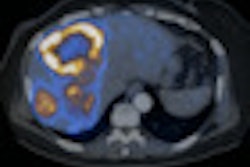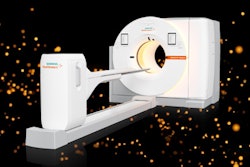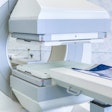Chilean researchers have found that the benzimidazole derivatives lansoprazole and astemizole may be suitable for use as PET radiotracers and enable imaging for the early detection of Alzheimer's disease.
The findings, published in the February issue of the Journal of Alzheimer's Disease, come from the International Center for Biomedicine and the University of Chile in Santiago, in collaboration with the Center for Bioinformatics of the Universidad de Talca. The lead authors of the study were Dr. Ricardo Maccioni and Dr. Leonel Rojo.
Lansoprazole and astemizole already have been approved for treating proton pump disorders and as an antihistamine, respectively.
The researchers noted that since neurofibrillary tangles are related to cognitive impairment, the drugs have "great potential in PET neuroimaging for in vivo early detection of [Alzheimer's disease] and in reducing the formation of [neurofibrillary tangles]."
Until now, the authors added, it has not been possible to detect these pathological brain structures in living Alzheimer's patients. The only confirmation of the disease has been attained through autopsy.
The discovery will help the development of new neuroimaging technologies based on PET radiotracers that monitor the formation and growth of neurofibrillary tangles in patients during their lives, Maccioni and Rojo noted.
By Wayne Forrest
AuntMinnie.com staff writer
February 2, 2010
Related Reading
PET detects Alzheimer's disease likely to progress, December 15, 2009
In vivo brain amyloid test predicts progression to Alzheimer's disease, September 24, 2009
SNM: PET improves dementia diagnoses, June 15, 2009
PET, PiB support cognitive reserve hypothesis in Alzheimer's, November 14, 2008
PET with C-11 PiB can assess beta-amyloid brain deposits, August 12, 2008
Copyright © 2010 AuntMinnie.com




















